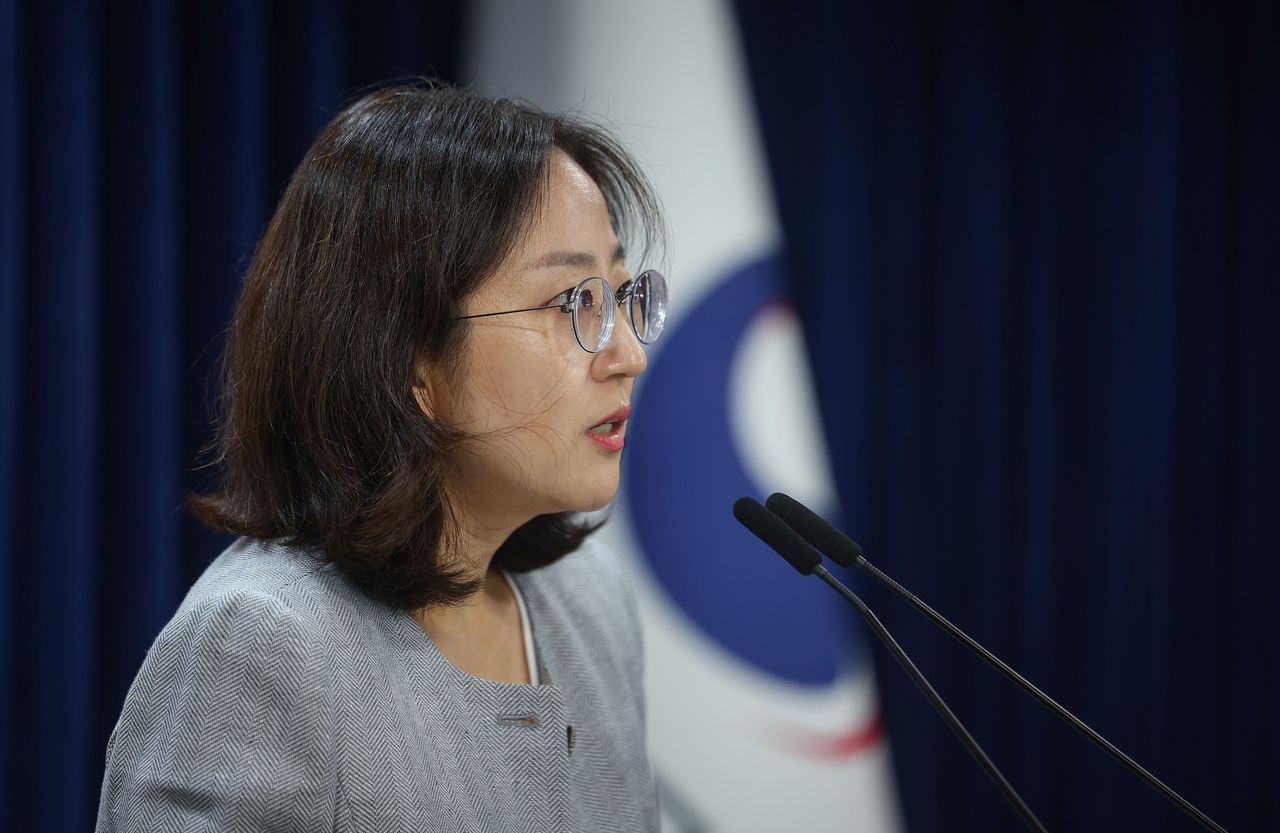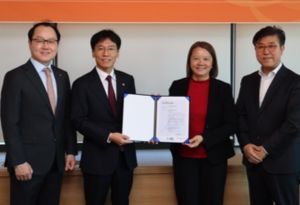 South Korea announced Friday that it has not detected any unusual levels of radioactivity or heavy metal concentrations at various sites near the inter-Korean border, following concerns of potential contamination from a reported wastewater release at a North Korean uranium refining plant.
South Korea announced Friday that it has not detected any unusual levels of radioactivity or heavy metal concentrations at various sites near the inter-Korean border, following concerns of potential contamination from a reported wastewater release at a North Korean uranium refining plant.
The Seoul-based Unification Ministry confirmed in a press briefing that “no abnormalities were found” after conducting extensive contamination tests. The tests, which took place over the past two weeks at 10 locations near Ganghwa Island and the Han River estuary, focused on two radioactive nuclides—uranium and cesium—as well as five heavy metals: cadmium, arsenic, mercury, lead, and hexavalent chromium.
The areas tested, including Ganghwa Island and the Han River estuary, are in close proximity to North Korea’s Ryesong River, where Pyongyang is suspected of dumping waste from a uranium refining facility in Pyongsan County.
A joint effort by the Nuclear Safety and Security Commission, the Ministry of Oceans and Fisheries, and the Ministry of Environment carried out the tests.
At six of the 10 sites near Ganghwa Island and Gimpo, uranium concentrations were found to be consistent with 2019 levels, ranging from 0.135 to 1.993 parts per billion (ppb) over the past two weeks. This compares to the 2019 range of 0.59 to 1.97 ppb.
The remaining four locations, including the Han River estuary and Incheon, also showed uranium levels within normal parameters, ranging from 0.087 to 3.211 ppb.
For context, the average uranium concentration in the Han River stood at 0.31 ppb in 2019, well below the maximum allowable uranium level of 30 ppb in drinking water.
Cesium levels at all ten sites were below the minimum detectable activity (MDA)—the lowest amount of radioactivity that measuring instruments can reliably detect above background radiation. These levels also fell below the five-year average of cesium found in the West Sea.
Despite these findings, Chang Yoon-jeong, deputy spokesperson for the Unification Ministry, cautioned that the tests do not conclusively prove whether North Korea actually released uranium wastewater.
Moving forward, the South Korean government plans to implement monthly monitoring of contamination levels at seven of the 10 major sites.
These latest tests were initiated in early July following a news report that raised concerns about potential dumping of wastewater from a uranium refining plant in North Korea’s Pyongsan County into a nearby river.










Most Commented